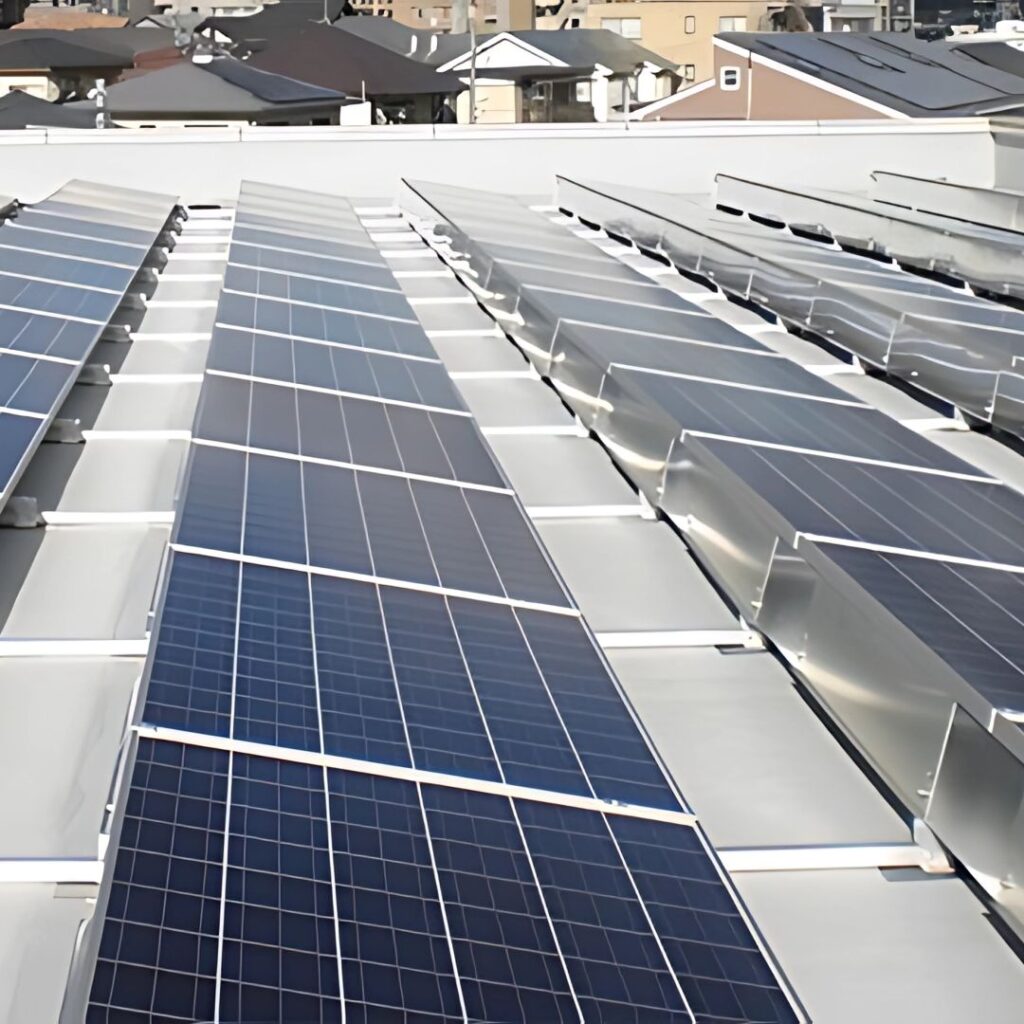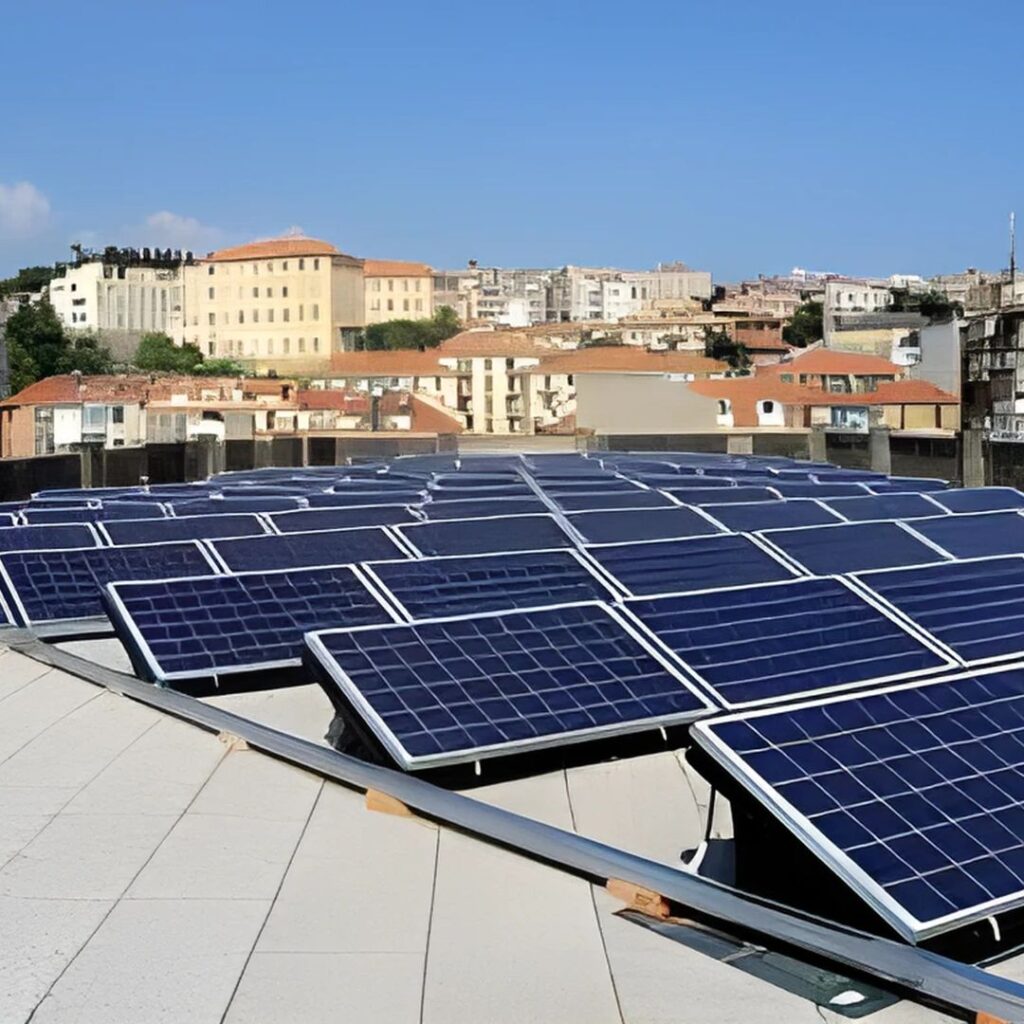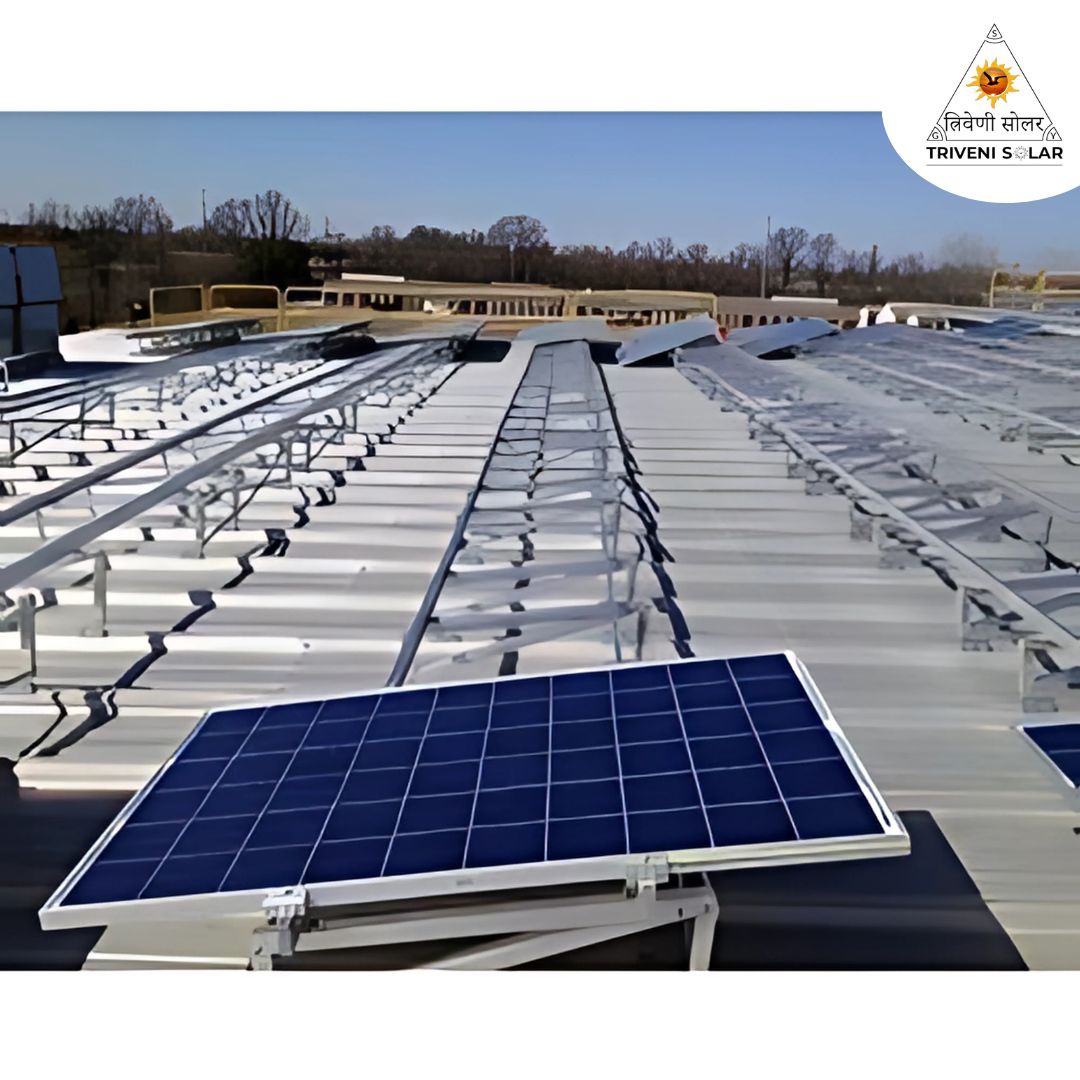In India, RCC roof mounts with ballast offer a robust, non-penetrating solution for solar panels. These systems use concrete or steel ballast and are engineered—considering tilt, wind load, and roof strength—for safe, maintenance-friendly energy generation backed by Indian standards.
📑 Table of Contents
- Understanding RCC Roof Mounts with Ballast
- Why Choose Ballast over Penetration for RCC Roofs
- India-Relevant Specs for RCC Ballast Mounts
- Structural Design Considerations
- Step-by-Step Installation Process
- Benefits vs. Drawbacks
- Cost Analysis & ROI
- FAQs about RCC Roof Mounts with Ballast
- Case Study: Ranchi Rooftop Pilot
- Conclusion & CTA
Understanding RCC Roof Mounts with Ballast
Reinforced Cement Concrete (RCC) flat roofs are widely used in Indian homes, apartments, and commercial buildings. Installing solar panels on these roofs typically requires two options: drilling (penetrating mounts) or placing panels with weighted ballast structures. RCC roof mounts with ballast are a non-penetrating system where heavy concrete blocks, steel trays, or other weighted materials secure the panels in place without damaging the roof surface.
This method is gaining popularity across India because it combines ease of installation, roof protection, and structural stability.
Why Choose Ballast over Penetration for RCC Roof Mounts
- No Roof Damage: Ballast systems avoid drilling, preserving the roof’s waterproofing and structural integrity.
- Warranty Protection: Since no penetrations are made, your RCC roof warranty remains valid.
- Eco-Friendly: Uses recyclable materials like steel or cement blocks, with no chemical adhesives.
- Flexible Layout: Can be reconfigured or removed if you move or upgrade your solar system.
- Ideal for Older Roofs: Especially useful for RCC roofs that cannot handle invasive drilling.

India-Relevant Specs for RCC Ballast Mounts
Indian conditions demand durable and weather-resistant solar structures. Here are typical technical specifications for RCC roof ballast systems:
| Specification | Details |
|---|---|
| Tilt Angle | 5°–25° (optimized for Indian latitudes) |
| Wind Load Resistance | Up to 180 km/h with proper ballast |
| Materials | Aluminum alloy, galvanized steel, stainless steel bolts |
| Warranty | 5 years on structure (typical) |
| Compatibility | Monocrystalline, Polycrystalline & Bifacial PV modules |
RCC Roof Mounts Structural Design Considerations
Weight & Load Calculations
Every RCC roof has a load-bearing capacity, usually between 150–300 kg/m². Ballast weight per panel typically ranges from 15–30 kg, but high-wind regions may require more. Consulting a structural engineer before installation is critical.
Tilt Angle Optimization
For maximum efficiency, panels should be tilted equal to the site’s latitude. For example, Ranchi (~23°N) benefits from a tilt of around 20°–23°. Adjustable tilt ballast systems allow seasonal optimization.
Wind and Seismic Safety
Ballast systems must be designed for high winds and seismic activity. Anti-slip mats and aerodynamic deflectors are often added for stability.
| Tilt Angle | Estimated Weight Requirement | Annual Energy Gain |
|---|---|---|
| 10° | 15–20 kg/module | 90% of optimal output |
| 20° | 20–25 kg/module | 100% (optimized) |
| 30° | 25–30 kg/module | 95% (winter boost) |
Step-by-Step Installation Process
- Site Survey: Assess roof strength, waterproofing, and available space.
- Structural Design: Engineer calculates ballast load and tilt for safety.
- Mount Placement: Frames are arranged on anti-slip mats.
- Ballast Loading: Concrete blocks or steel trays added to secure mounts.
- Panel Installation: PV modules fixed with clamps to the frames.
- Inspection: Structural check, wiring, and grid connection.
Benefits vs. Drawbacks
| Benefits | Drawbacks |
|---|---|
| No drilling or roof damage | Added weight requires roof assessment |
| Easy to install and remove | High ballast in windy zones |
| Preserves roof warranty | Not ideal for very old or weak roofs |
| Adjustable tilt for maximum efficiency | Initial design must be precise |

Cost Analysis & ROI
The cost of RCC ballast mounting systems varies based on material choice, ballast type, and project size. On average, Indian EPC contractors charge slightly more for ballast systems due to the additional weight handling. However, the ROI remains high:
- Upfront Cost: ~₹8–10/Wp for mounting structures
- Maintenance: Minimal, since no roof penetrations cause leakage
- Payback Period: 3–5 years with net metering and subsidy support
FAQs about RCC Roof Mounts with Ballast
Is ballast mounting safe for old RCC roofs?
Yes, but it requires a structural load test. Engineers confirm the roof can handle the extra ballast weight safely.
What tilt is best for Jharkhand’s latitude (~23° N)?
A tilt of ~23° is ideal for maximum solar efficiency in Ranchi and similar latitudes.
Does ballast mounting void roof warranty?
No. Since there are no penetrations, waterproofing and warranty remain intact.
How much ballast weight is needed per panel?
Typically 15–30 kg per module, depending on wind speed and tilt angle.
Case Study: Ranchi Rooftop Pilot
In Ranchi, a 5 kW residential RCC rooftop system was installed using ballast mounts. Engineers optimized tilt to 23°. The result: annual generation exceeded 7,200 kWh, saving over ₹40,000/year in electricity bills. Importantly, the roof remained fully intact, leak-free, and under warranty.
Conclusion & CTA
RCC roof mounts with ballast are the future of safe, sustainable, and efficient rooftop solar in India. They combine roof protection, high efficiency, and low maintenance. Whether you’re a homeowner, builder, or business, ballast systems deliver long-term value without compromising your building’s integrity.
Ready to install ballast RCC roof mounts? Partner with Solar Structure India for engineered, India-ready designs that maximize energy and protect your property.


